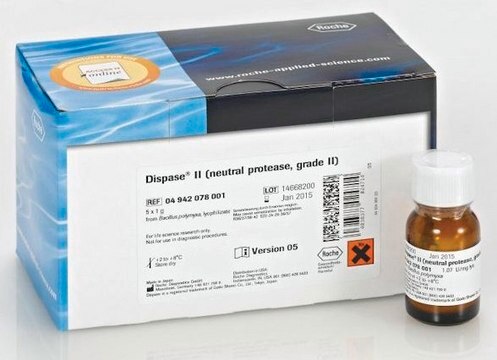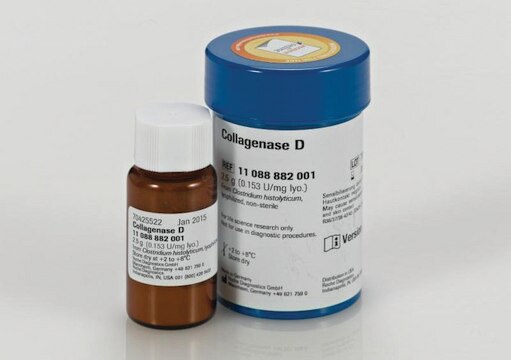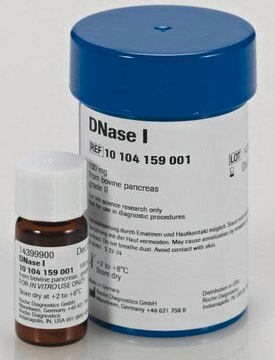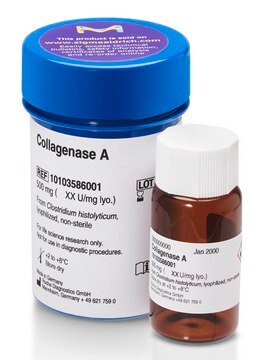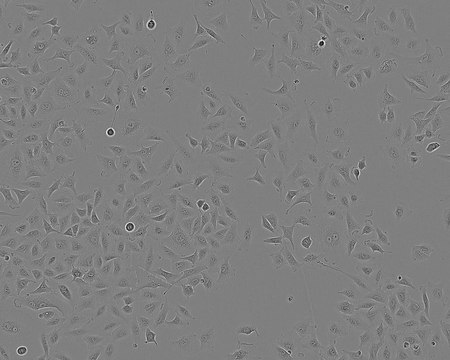CBL194F
Anti-Cytokeratin 7 Antibody, clone LP5K, FITC conjugated
clone LP5K, Chemicon®, from mouse
About This Item
Recommended Products
biological source
mouse
Quality Level
conjugate
FITC conjugate
antibody form
saturated ammonium sulfate (SAS) precipitated
antibody product type
primary antibodies
clone
LP5K, monoclonal
species reactivity
human
manufacturer/tradename
Chemicon®
technique(s)
flow cytometry: suitable
immunocytochemistry: suitable
immunohistochemistry (formalin-fixed, paraffin-embedded sections): suitable
isotype
IgG2b
NCBI accession no.
UniProt accession no.
shipped in
ambient
target post-translational modification
unmodified
Gene Information
human ... KRT7(3855)
Related Categories
Specificity
FUSION PARTNER: Sp2/0
Immunogen
Application
Immunocytochemistry: isolated EVT cells fixed with 0.5% PFA at 4°C for 15 minutes followed by acetone at -20°C for 2 minutes. Antibody was used at 1:10 dilution (Sato et al., 2003).
Flow cytometry: 10μL of conjugate per test.
Optimal working dilutions must be determined by the end user.
Cell Structure
Cytokeratins
Quality
Physical form
Storage and Stability
Other Notes
Legal Information
Disclaimer
Not finding the right product?
Try our Product Selector Tool.
Storage Class Code
12 - Non Combustible Liquids
WGK
WGK 2
Flash Point(F)
Not applicable
Flash Point(C)
Not applicable
Certificates of Analysis (COA)
Search for Certificates of Analysis (COA) by entering the products Lot/Batch Number. Lot and Batch Numbers can be found on a product’s label following the words ‘Lot’ or ‘Batch’.
Already Own This Product?
Find documentation for the products that you have recently purchased in the Document Library.
Our team of scientists has experience in all areas of research including Life Science, Material Science, Chemical Synthesis, Chromatography, Analytical and many others.
Contact Technical Service
